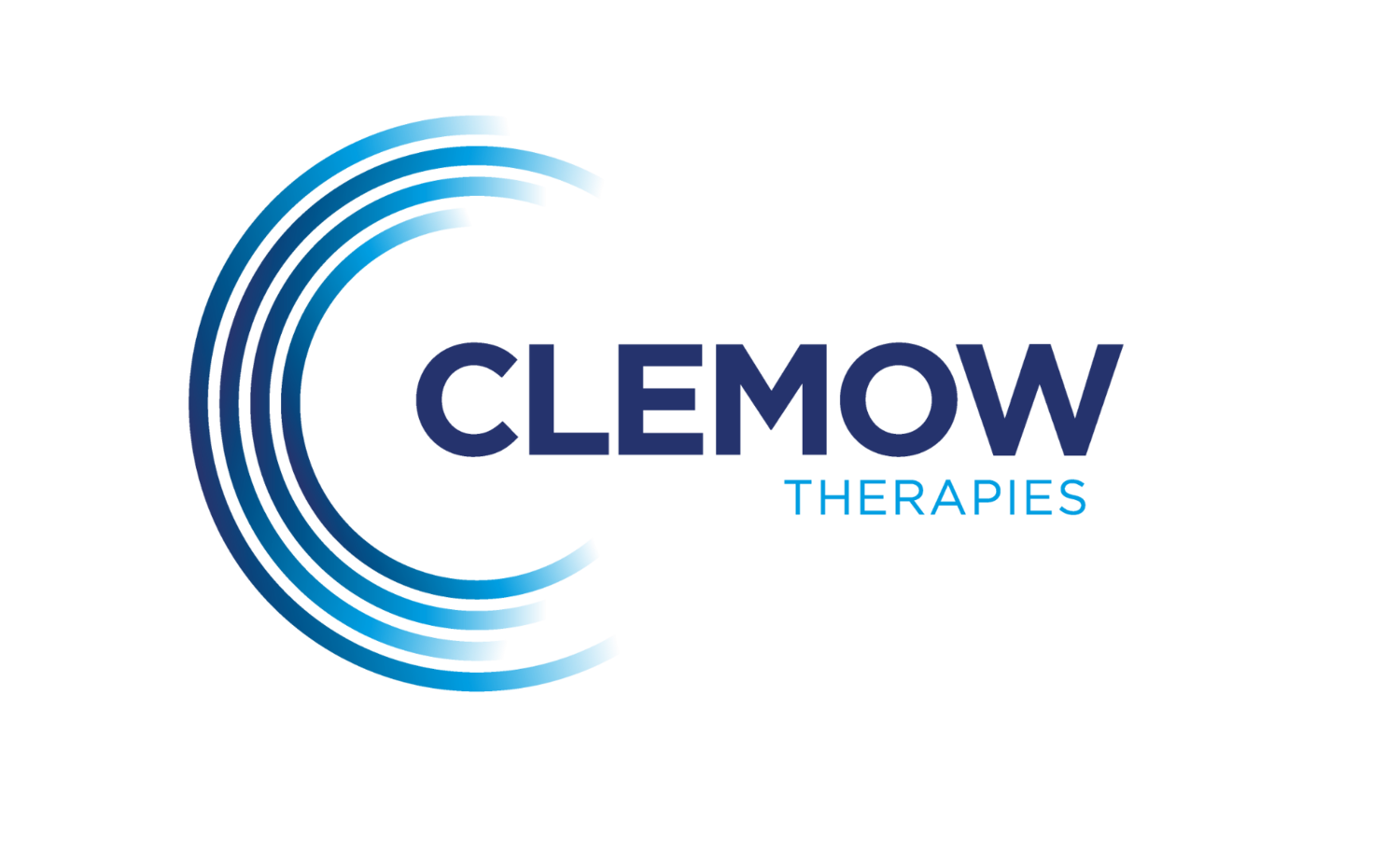Road to Recovery
Apologies for the slight radio silence from my end in terms of social media and blogging but unfortunately I have been engaging in some rehab myself, following a road traffic collision where I was hit and shunted into the car in front a few months ago…and before anyone asks, no that isn’t actually me in the blog picture.
One of the initial reasons I chose this profession was because I understood through my sporting endeavours the frustration of being injured, in pain and unable to perform. That frustration of ongoing aches and injuries has resurfaced following the accident and I had forgotten the mental impact of a forced interlude. At the time of the accident I had completed three months of cycling and functional exercises to maximise my performance and opportunities to play golf during the summer season and the accident has been a major setback.
As the bruising has subsided and with the manual nature of my profession, I was left with a simple choice work or play? With a return to work, what was apparent, was the way my body had adapted its patterns to deal with the pain. My training and clinical experience as an Osteopath, plus the functional knowledge gained from my studies with the Titleist Performance Institute, highlighted that the adapted patterns would not correct themselves, even when the restrictions eased.
Now almost three months since the accident and with my work still aggravating my symptoms, I am still reinforcing the correct patterns of motor control. The more immediate symptoms of a collision are often the least of problems and it is the resultant lingering ligamentous damage that takes the longest time to heal. Ligaments control the end of range of movement of joints and are usually injured when a fast and powerful force is applied to the joint overpowering the ability of the muscles to match it. The image below shows the stretch applied to the front of the neck during hyperextension and then the opposite effect as the head is thrown forward into hyperflexion.
Post injury, with muscles being the only structure that can reduce their length (contract), they are often left to take-up the extra strain of controlling the end of range of the joints where the ligaments are damaged. This leads to a repetitive muscular tightness as the physical demands can overwhelm the capabilities of the muscles to cope.
I was lucky that I did not suffer any fractures or more severe injuries but as I await two ultrasound scans and a referral to an orthopedic surgeon, I realise the value of the Osteopathic treatment that I have had and the functional training I am completing as I work through and reassess my obtainable goals. I am sure that without this I wouldn’t be in a position today to be back in clinic passing on my knowledge, expertise and empathy to those in a similar situation of long-term injuries.
If you would like to benefit from Jason’s expertise then please get in touch with us today.


